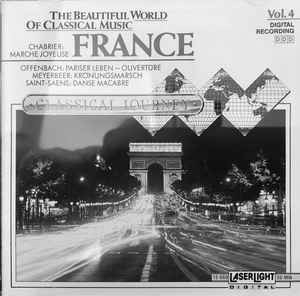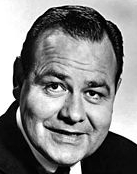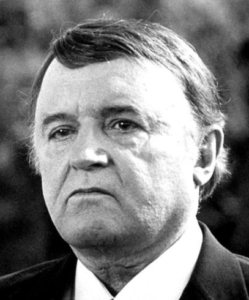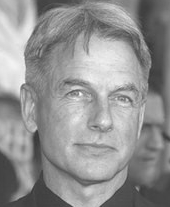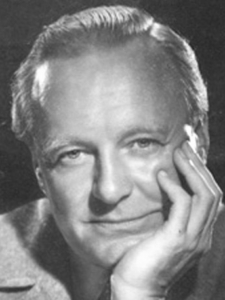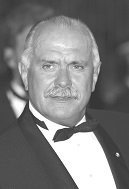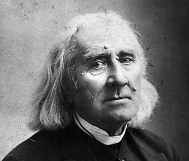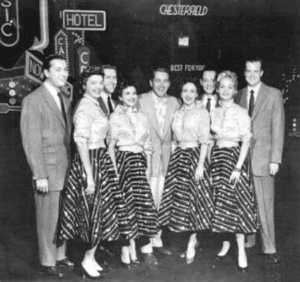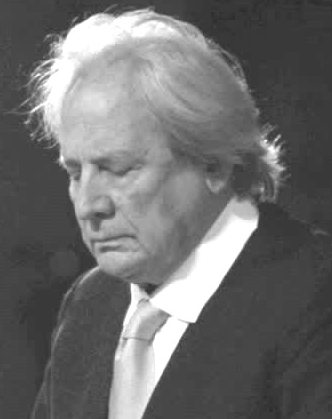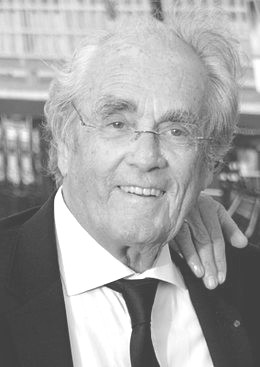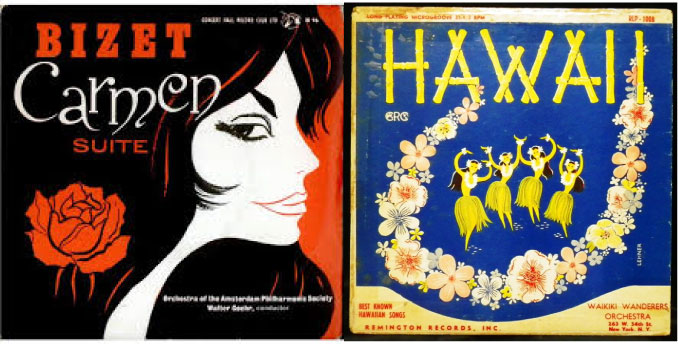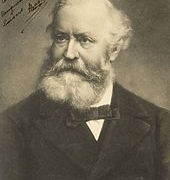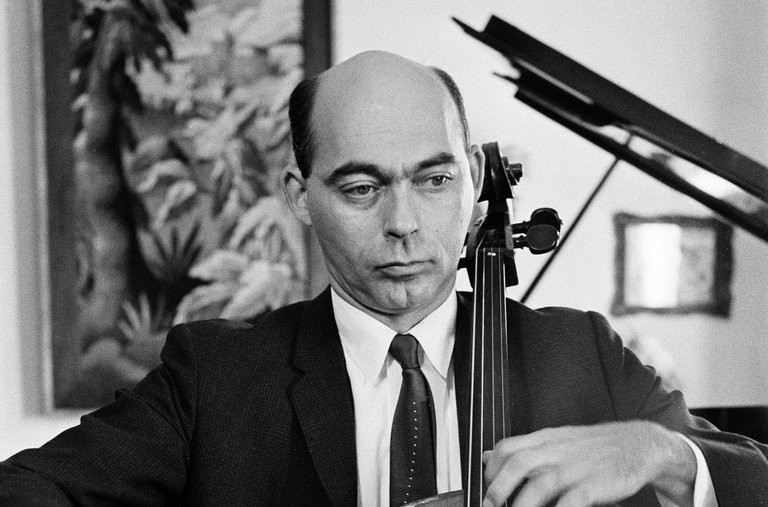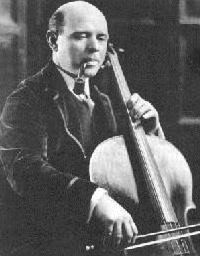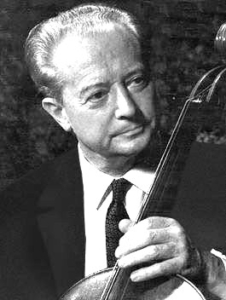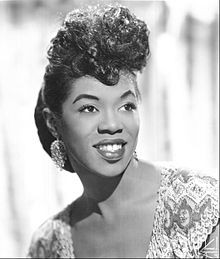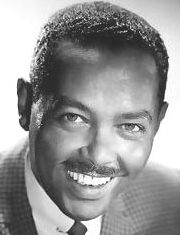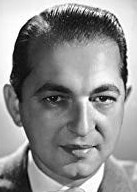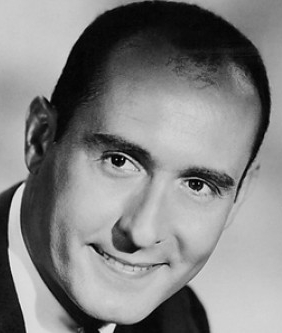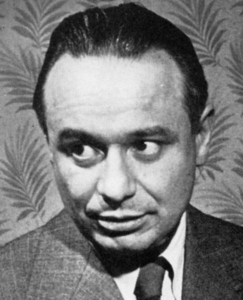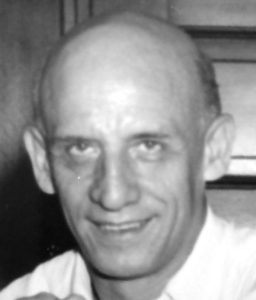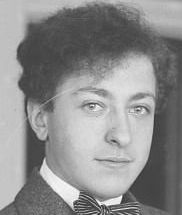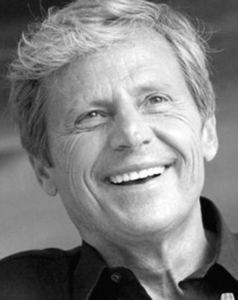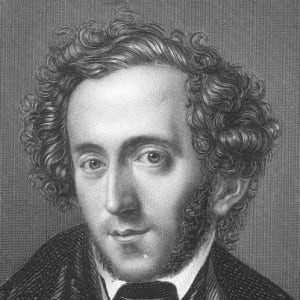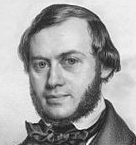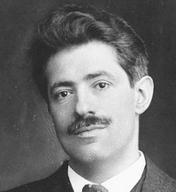REVIEW POTPOURRI – Novelist: John MacDonald; Music: Mozart
 by Peter Cates
by Peter Cates
John D. MacDonald
A Deadly Shade of Gold.
Fawcett paperback, 1965, 287 pages.
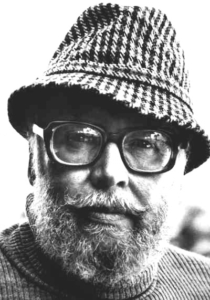
John D, MacDonald
Novelist John MacDonald (1916-1986) produced over 70 pulsating examples of the suspense genre. They included the classic thriller Cape Fear which was transformed into the 1962 film starring Robert Mitchum as the villain Max Cady and the 1991 remake with Robert DeNiro portraying the same psychotic fiend. Both actors outdid themselves in one of the most persuasive depictions of evil on the big screen, maybe at the same level as Lee Marvin, Clu Gulager and Ronald Reagan in 1961’s The Killers.
Deadly Shade is one of the 22 novels in MacDonald’s Travis McGee series; McGee is the riveting combination of beachcomber/salvage expert whose particular salvaging involves too many up close and personal encounters with the most dangerous people. Its plot centers on an old friend of McGee’s dropping in one day with a problem and very quickly later found cold-bloodedly murdered. The story is off and running in MacDonald’s unique manner, the only consistent annoyance being his insipid handling of love scenes. A very recommended reading experience!
Mozart
Duo for solo violin and viola, K423; Sinfonia Concertante K364- David Oistrakh, violist and son Igor, violinist, with Kyril Kondrashin conducting the Moscow Philharmonic in K364, London stereo LP, CS 6377, recorded during the 1960s.
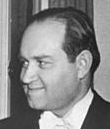
David Oistrakh
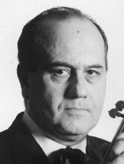
Igor Oistrakh
Two of Mozart’s beautiful compositions involving viola and violin are performed by father and son Oistrakh in a very fine collaboration with Kyril Kondrashin and the Moscow Philharmonic with interesting liner notes by the late record producer Erik Smith. Also available on a CD.


